Buy this flower art Liverworts in the evening light - delicate strength hidden in plain sight by Fototante on canvas, ArtFrame, poster and wallpaper, printed on demand in high quality.
About "Liverworts in the evening light - delicate strength hidden in plain sight"
by Fototante
About the artwork
Like a small miracle, the liverwort (Hepatica nobilis) glows in a warm violet colour from the golden foliage of the forest floor. The focus of this macro photograph is on a single flower that rises - almost floating - out of the blurred background. Its six to seven round, velvety petals unfurl delicately and powerfully at the same time, surrounded by white stamens with light yellow tips that frame the centre like a fine ring of stars. Inside, the flower shines in a fresh green colour, hinting at the life that will return after winter.
The liverwort is one of the first heralds of spring in our native flora and prefers to grow in sparse deciduous forests with lime-rich soil. Its flowers can be discovered as early as February, long before the leaves of the trees sprout again. The name "liverwort" refers to the shape of the three-lobed basal leaves, which are reminiscent of a liver - and to its use in traditional herbal medicine, where it was regarded as a gentle liver remedy.
This photograph not only captures the botanical beauty of this protected wild plant, but also conveys a quiet poetry: the awakening from the darkness, the tenderness that stretches towards the light. The colour scheme with golden, brownish and violet tones creates a gentle, almost fairytale-like atmosphere - ideal for murals in rooms that are intended to radiate tranquillity and closeness to nature.
The landscape format emphasises the natural horizon and gives the composition room to breathe. This picture is particularly suitable for prints on canvas, fine art paper or high-quality aluminium dibond - for example for practice rooms, meditation areas or your own living room with a forest theme.

About Fototante
I have always enjoyed photography. Even when I was young, I took photos with the Beirette. It even happened to me once that I inserted a film twice ... and the photos I took were very interesting.
I then bought my digital SLR camera in 2014. The first photos..
Read more…
 Netherlands
Netherlands Ordered in January 2019
Ordered in January 2019
 Germany
Germany Ordered in May 2021
Ordered in May 2021
 Germany
Germany Ordered in April 2021
Ordered in April 2021
 Netherlands
Netherlands Ordered in November 2019
Ordered in November 2019
 Netherlands
Netherlands Ordered in September 2020
Ordered in September 2020
 Netherlands
Netherlands Ordered in April 2019
Ordered in April 2019
 Germany
Germany Ordered in January 2022
Ordered in January 2022
 Germany
Germany Ordered in October 2019
Ordered in October 2019
 Netherlands
Netherlands Ordered in April 2024
Ordered in April 2024
 Germany
Germany Ordered in November 2020
Ordered in November 2020
 Germany
Germany Ordered in April 2023
Ordered in April 2023
 Netherlands
Netherlands Ordered in November 2022
Ordered in November 2022
About the material
ArtFrame™
Interchangeable Art Prints
- High-quality print
- Easily interchangeable
- Acoustic function
- Large sizes available
Discover the artworks of Fototante
 Magical starlight over the quiver tree forestFototante
Magical starlight over the quiver tree forestFototante Sea of stars over the landscape - Milky Way panorama on a clear summer nightFototante
Sea of stars over the landscape - Milky Way panorama on a clear summer nightFototante Milky Way at the FelsenbogeMilky Way over the rock arch at SpitzkoppeFototante
Milky Way at the FelsenbogeMilky Way over the rock arch at SpitzkoppeFototante Ripe cherries in early summer - enjoying nature at the edge of the fieldFototante
Ripe cherries in early summer - enjoying nature at the edge of the fieldFototante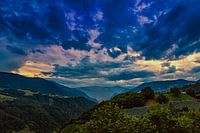 Dramatic thunderstorm atmosphere in the Tiers ValleyFototante
Dramatic thunderstorm atmosphere in the Tiers ValleyFototante Milky Way meets history - starry sky above an old millFototante
Milky Way meets history - starry sky above an old millFototante Lone sentinel under the stars - tree and Milky Way in the Kyffhäuserkreis districtFototante
Lone sentinel under the stars - tree and Milky Way in the Kyffhäuserkreis districtFototante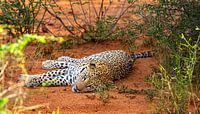 Leopard in the savannah after a meal - NamibiaFototante
Leopard in the savannah after a meal - NamibiaFototante Magic tree under the Milky WayFototante
Magic tree under the Milky WayFototante Magical sunrise at Lake Luttensee after a night under the starsFototante
Magical sunrise at Lake Luttensee after a night under the starsFototante Enchanting Edmundsklamm gorge in autumn lightFototante
Enchanting Edmundsklamm gorge in autumn lightFototante A veil of light over Abisko - The dance of silenceFototante
A veil of light over Abisko - The dance of silenceFototante Moose feeding - A quiet moment in the Nordic wildernessFototante
Moose feeding - A quiet moment in the Nordic wildernessFototante Northern Lights Northern Sweden - Green glow at the Arctic CircleFototante
Northern Lights Northern Sweden - Green glow at the Arctic CircleFototante Golden autumn evening at Myrkulla LodgeFototante
Golden autumn evening at Myrkulla LodgeFototante Evening light at the Prebischtor - a natural wonder between the worldsFototante
Evening light at the Prebischtor - a natural wonder between the worldsFototante In the magic of the forces of nature - winter at StorforsenFototante
In the magic of the forces of nature - winter at StorforsenFototante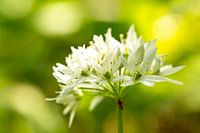 Wild garlic blossom in spring light - close-up of a white wild plant in the forestFototante
Wild garlic blossom in spring light - close-up of a white wild plant in the forestFototante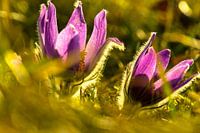 Cowbells in the golden backlight - Spring dance in the meadowsFototante
Cowbells in the golden backlight - Spring dance in the meadowsFototante Gateway to the wilderness - The Prebisch Gate in Bohemian Switzerland at sunsetFototante
Gateway to the wilderness - The Prebisch Gate in Bohemian Switzerland at sunsetFototante
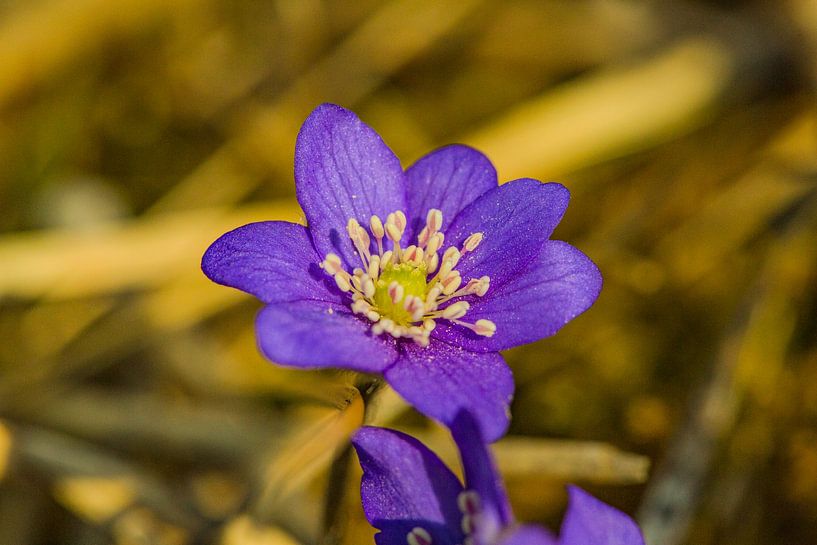












 Flowers
Flowers Forest
Forest Gentle Whispers
Gentle Whispers Macrophotography
Macrophotography Photo wallpaper
Photo wallpaper Photography
Photography Serene Peace
Serene Peace Spring
Spring Vibrant Colors
Vibrant Colors









